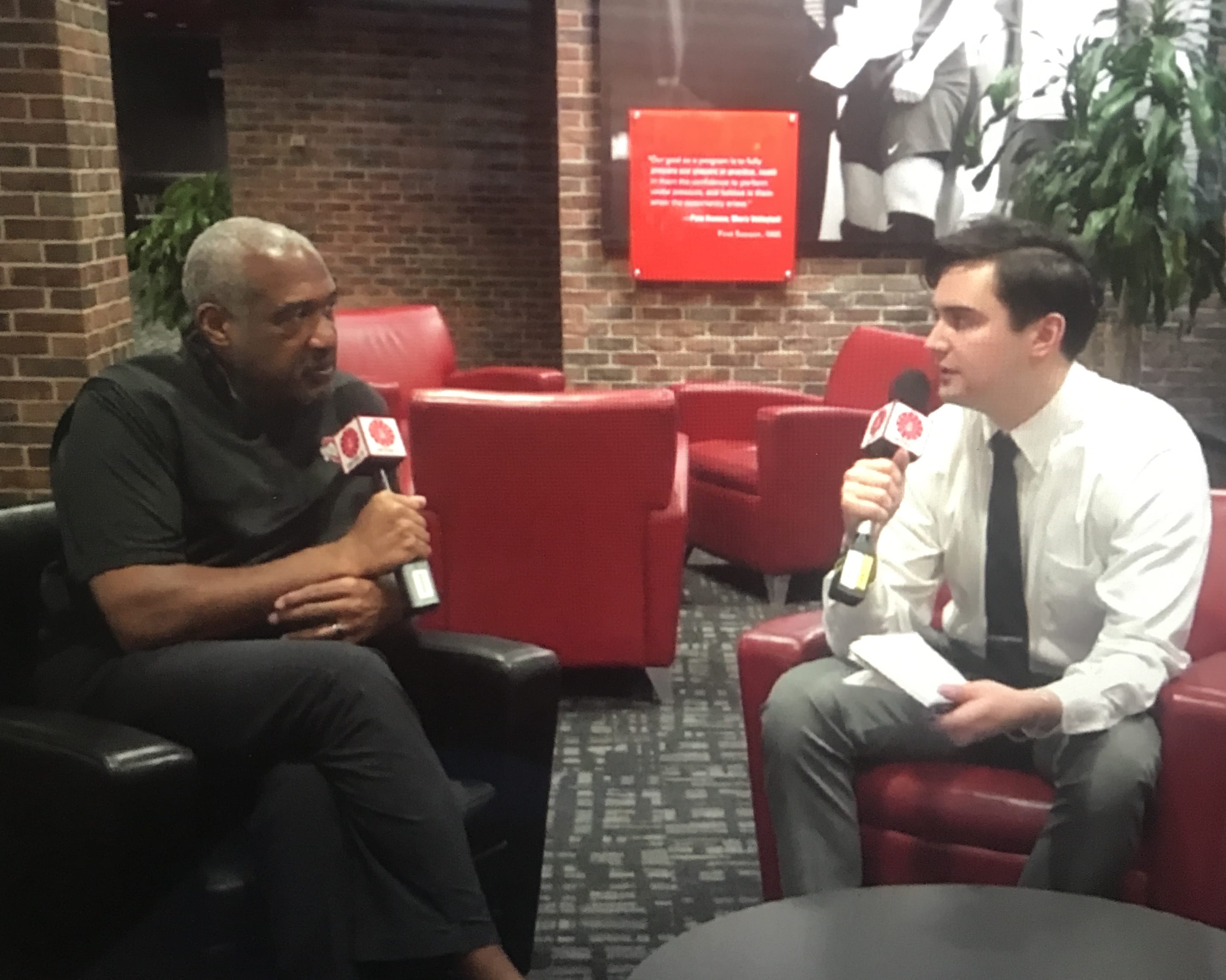COLUMBUS, Ohio –– Checkdowns, screens and dump-off passes are often a quarterback’s best friend, but relative to national standards, Justin Fields didn’t throw all that many during his two-year stint under center at Ohio State.
Fields’ replacement in Columbus, unnamed as of yet, would figure to benefit from an emphasis on the short-yardage passing game, given that C.J. Stroud, Jack Miller and Kyle McCord –– all underclassmen –– have combined to throw zero passes at the college level.
But even if head coach Ryan Day tailors the Buckeye offense to his quarterback’s strengths, he doesn’t expect to change up the formula a whole lot just because of the inexperience at the position.
“Our offense is our offense. It hasn't changed when J.T. (Barrett) was the quarterback, when Dwayne (Haskins) was the quarterback, when Justin was the quarterback,” Day said at the conclusion of spring camp. “But what do we want to emphasize?”
Yards per completion among Ohio State starting quarterbacks have increased in nearly every season for the past five years. Barrett averaged 10.96 in 2016 before jumping to 12.72 during Day’s first year in the program in 2017, and Haskins increased that number to 12.95 the following season.
Fields’ YPC average came in at 13.75 in his first year as a starter in 2019, and even though he saw a slight decline in 2020 with a 13.29-yard average, that number was still higher than any multi-game Buckeye starter since Cardale Jones during the 2015 season.
RELATED: How Buckeye QBs fare in their first starts
At the end of this year’s spring camp, Day admitted that the Buckeye coaching staff is “still not there” in regards to figuring out what the sweet spot will be for the next starting quarterback.
“The plays really haven't changed. But if you have 100 plays in a game, or 80 plays in a game, what do you want to emphasize based on their strengths?” Day said. “You have three different quarterbacks, very similar, but I think all three have different strengths and weaknesses. And so as we go into a game, we're certainly going to do the things that they do best. And I don't think I have the answer to that yet.”
In the small sample size provided by the spring game, McCord, a true freshman, led the pack with a yards-per-completion average of 15.3. Stroud, who many believe is the favorite to win the starting job by fall, averaged 11.56 yards per completion, and Miller brought up the rear at 7.5.
ALSO: Wilson says OSU QBs ‘not elite runners’, but ‘not pure dropback guys’
The numbers may not end up being representative of each passer’s true comfort zone by the start of the season, but Day and company will likely factor in all the data when analyzing the approach that best suits the new personnel on offense.
“Some of them do get the ball out of their hand quickly, and that's good,” Day said. “I think they do have good accuracy underneath. But I also think that they do a decent job down the field as well. So in a perfect world, you'd like to do a little bit of both.”
While there’s no shortage of pressure on the shoulders of the aforementioned trio of would-be starters this offseason, Day said he and his staff have plenty of work to do themselves in order to ensure that the Buckeye offense runs as smooth as ever no matter what the specific strong suits of its next on-field operator.
“The strength of college football coaching is to find out what they do really, really well and emphasize that,” Day said. “We're still not there yet.”
